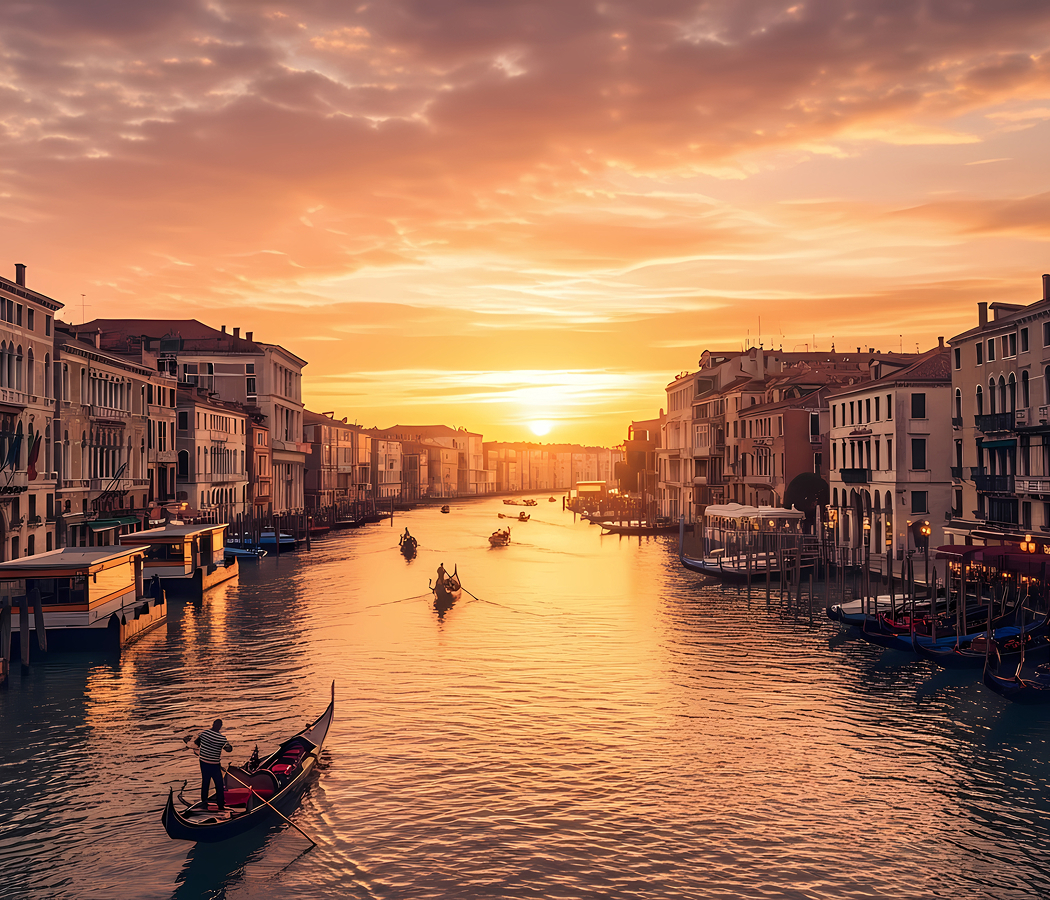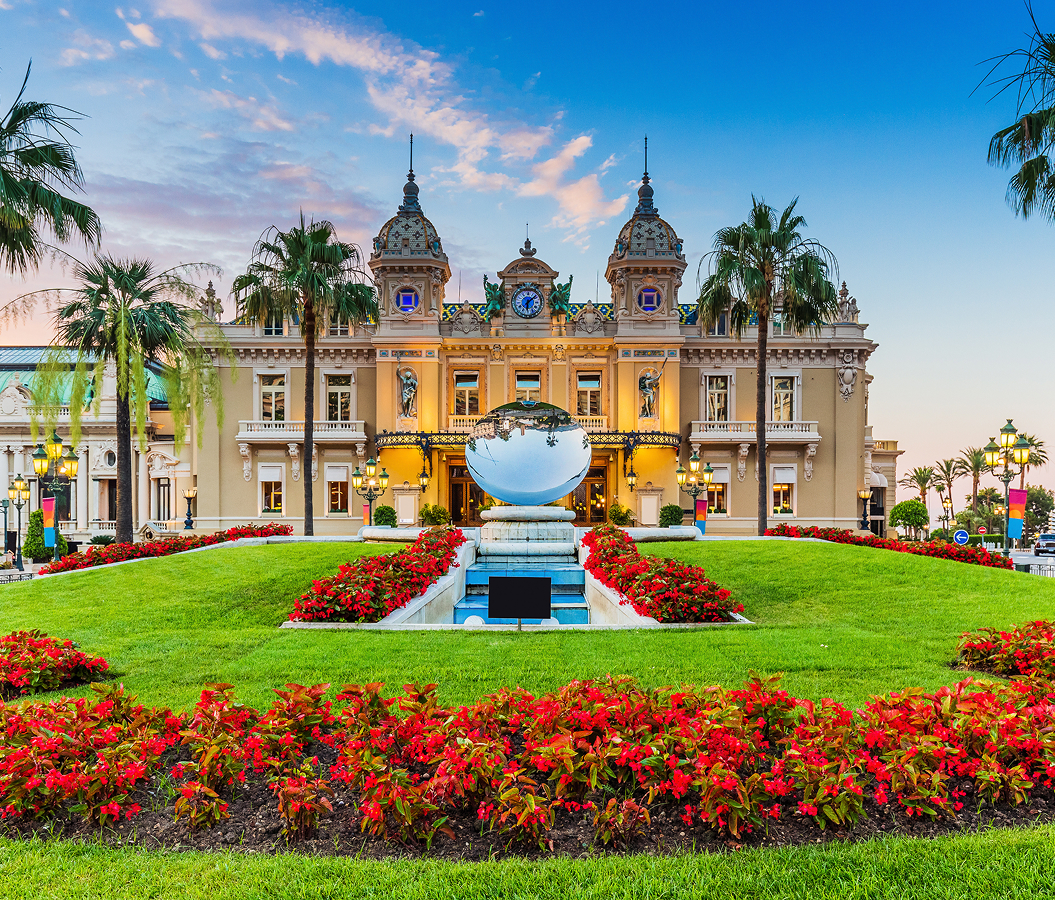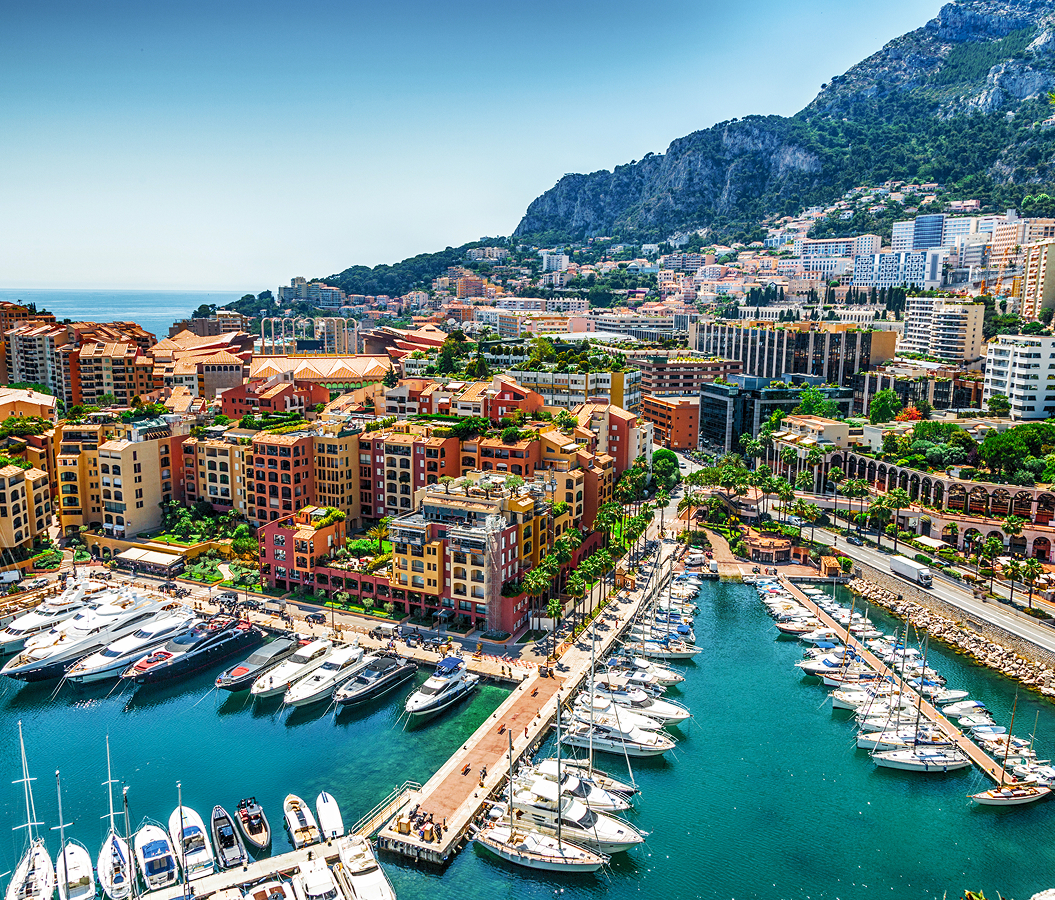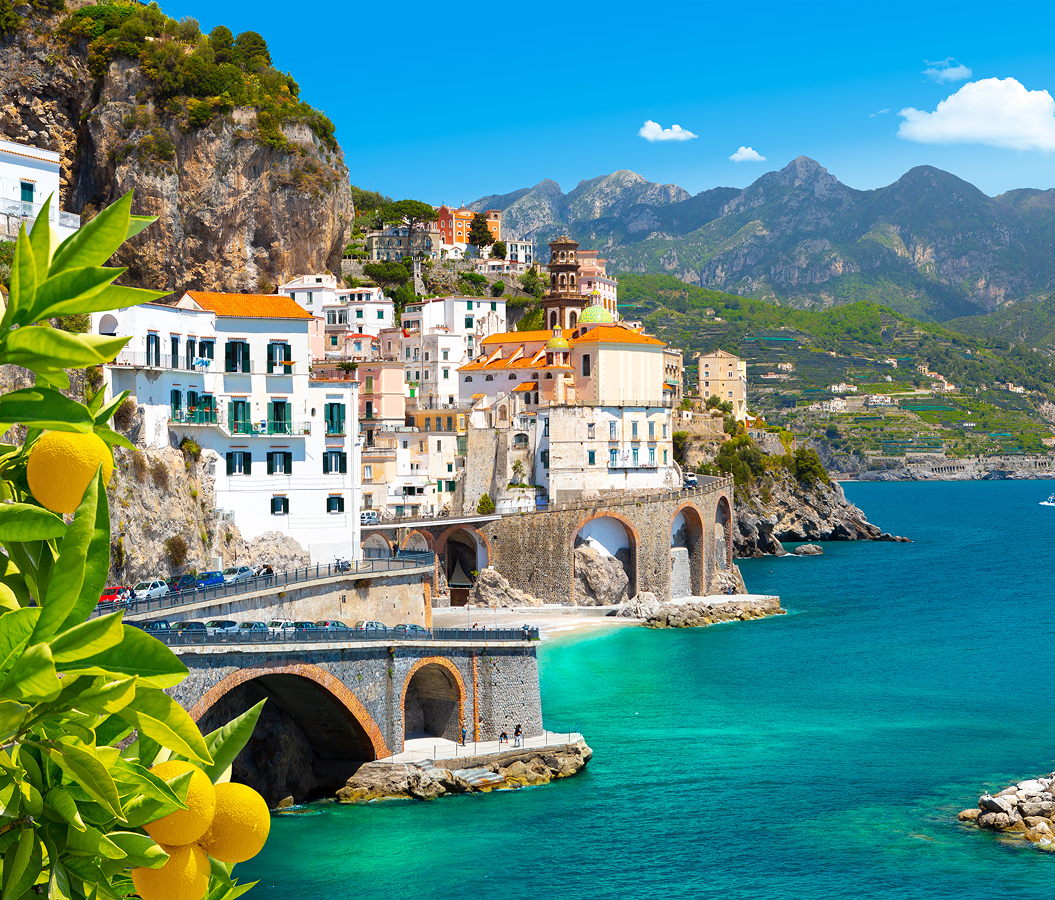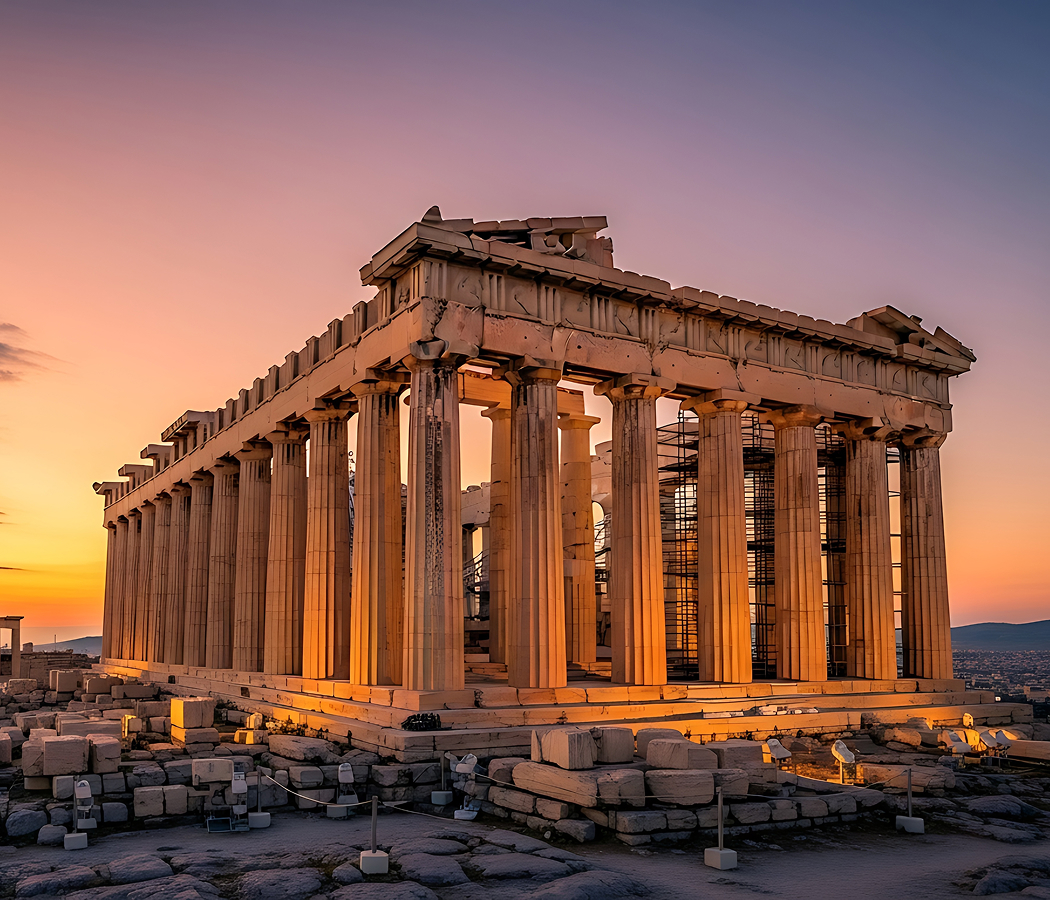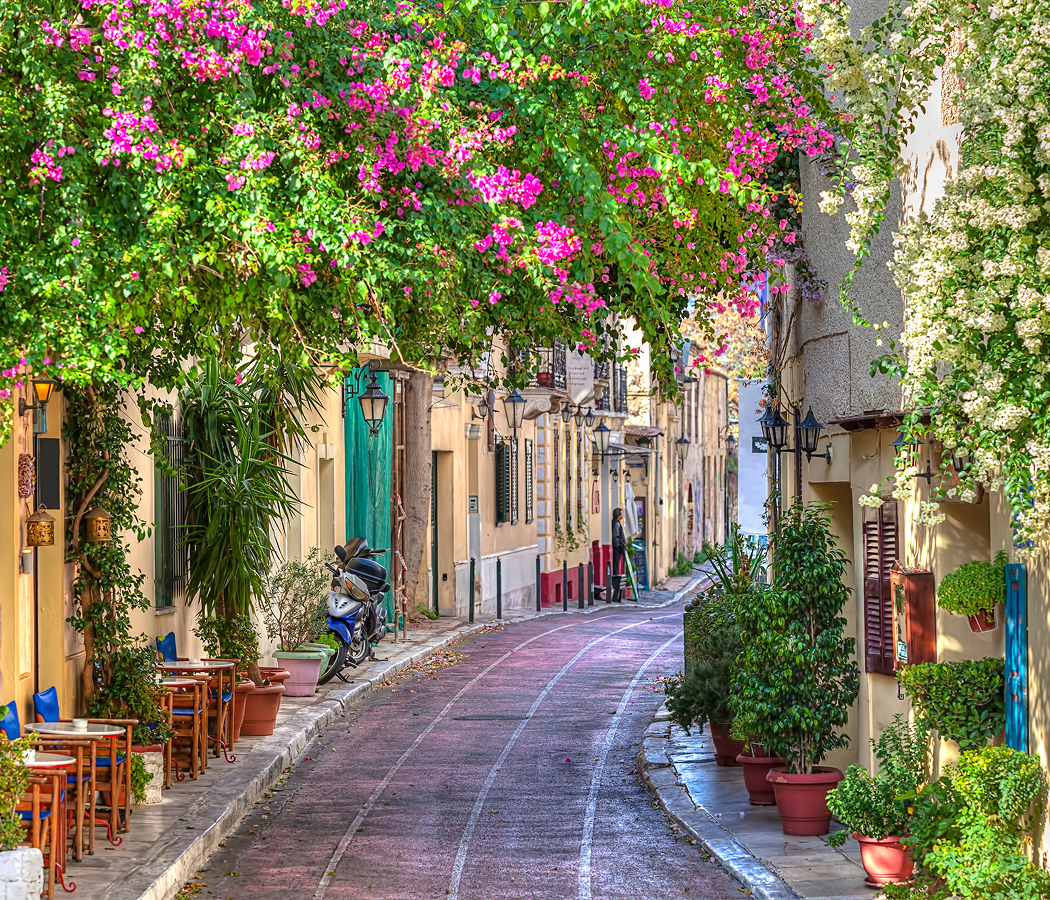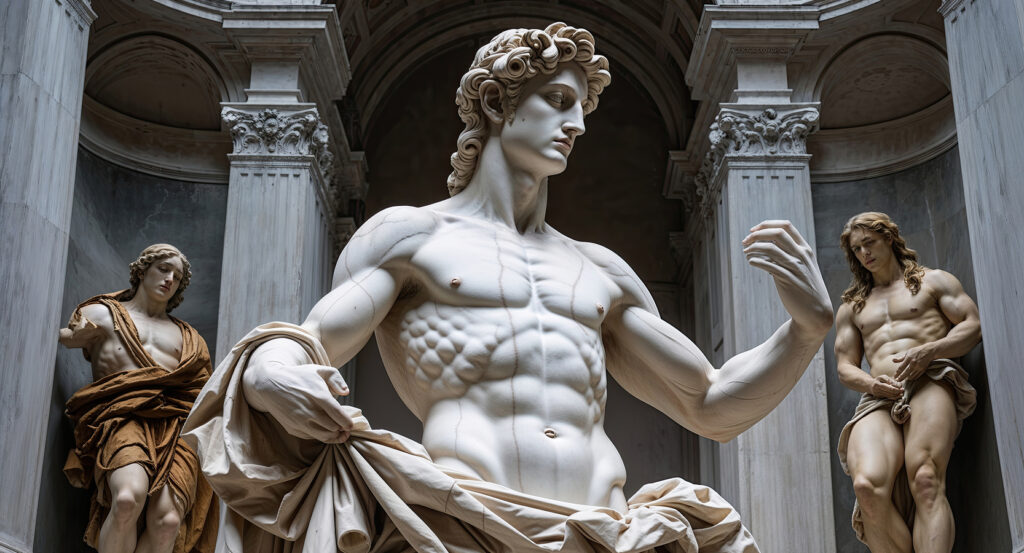
Why you should experience the Galleria dell’Accademia di Firenze (Accademia Gallery) in Florence.
The Galleria dell’Accademia di Firenze is not merely a museum, it’s a sanctuary of genius, where marble breathes and the divine finds form in human hands.
Tucked away just beyond the Piazza del Duomo, this gallery holds the beating heart of Renaissance sculpture: Michelangelo’s David. To step inside is to feel the hush of history descend. Light spills from above, caressing the colossal figure as if heaven itself had chosen to spotlight Florence’s spirit. Every curve, vein, and tendon radiates vitality, not as stone, but as faith made flesh. Around him, the air feels charged, the whispers of visitors rising like prayer. Yet David is only the crescendo of a symphony that begins long before you reach him. The gallery’s vaulted corridors are lined with unfinished works, The Prisoners, figures half-emerged from rough marble, straining to escape their confines. In their tension, you glimpse Michelangelo’s philosophy: that art isn’t made but liberated, a revelation waiting within the raw material. Every corner here feels alive with that pursuit, a dialogue between light and shadow, flesh and spirit, perfection and process. The Accademia is more than a gallery; it’s Florence in pure form, courageous, contemplative, and forever reaching toward the divine.
What you didn’t know about the Galleria dell’Accademia di Firenze.
Though it now stands as one of the world’s most revered art museums, the Accademia began not as a temple of viewing but of learning.
Founded in 1784 by Grand Duke Pietro Leopoldo, it was the first institution in Europe dedicated to teaching the art of drawing, a place where craft and intellect met in the service of beauty. Its collection grew from artworks gathered from churches and convents during Florence’s political reforms, creating a treasury of Renaissance devotion and skill. Michelangelo’s David, originally carved for the Cathedral of Santa Maria del Fiore, was relocated here in 1873 to protect it from the elements, a feat of engineering that required dismantling walls and constructing a covered corridor to move the 17-foot masterpiece safely. The Tribune Hall that now shelters him was purpose-built to honor his presence, its architecture designed to bathe the statue in celestial light. Beyond the David, the gallery houses a trove of Florentine paintings from the 13th to 16th centuries, Giotto’s spiritual clarity, Botticelli’s delicate grace, and Perugino’s serene symmetry. Few visitors realize that the Accademia also preserves an extraordinary collection of historical musical instruments, including Stradivari violins, Amati cellos, and Baroque harpsichords once played in Medici courts. Together, these works form a portrait of Florence not just as the birthplace of art, but of innovation itself, where science, music, and sculpture converged to redefine what it meant to be human.
How to fold the Galleria dell’Accademia di Firenze into your trip.
Visiting the Accademia is less an errand than a pilgrimage, one that rewards quiet reflection as much as admiration.
Book your ticket in advance and aim for the early morning light, when the crowds are fewer and the reverence feels deeper. Begin your visit not with David, but with the Hall of the Colossus, a prelude of plaster models and Renaissance panels that prepare your eye for scale and detail. Move next through the Hall of the Prisoners, where Michelangelo’s unfinished sculptures line the path like spirits caught between worlds. Each figure, twisting, pushing, yearning, feels like a premonition of the perfection waiting beyond. When you finally step into the Tribune and meet David, pause at a distance before approaching. Walk slowly, circle him, and notice how expression shifts, serenity from the front, defiance from the side, tension from behind. It’s a dialogue between motion and stillness that no photograph can capture. Afterward, explore the quieter side rooms, where lesser-known treasures await: Botticelli’s Madonna of the Sea, Lippi’s sacred tenderness, and early altarpieces that glow with the gold of Florentine faith. Don’t skip the Musical Instruments Gallery, the polished wood and strings seem to echo the same harmony that shaped Michelangelo’s chisel. When you emerge onto Via Ricasoli, the hum of the city feels softer, as though time itself has slowed. The Accademia doesn’t simply show you art, it teaches you to see creation as Michelangelo did: not as something made, but something revealed.
Hear it from the Foresyte community.
You walk in and it’s all over. David just owns the room. Like 17 feet of marble side-eye that makes you rethink your gym membership.
Where meaningful travel begins.
Start your journey with Foresyte, where the planning is part of the magic.
Discover the experiences that matter most.















